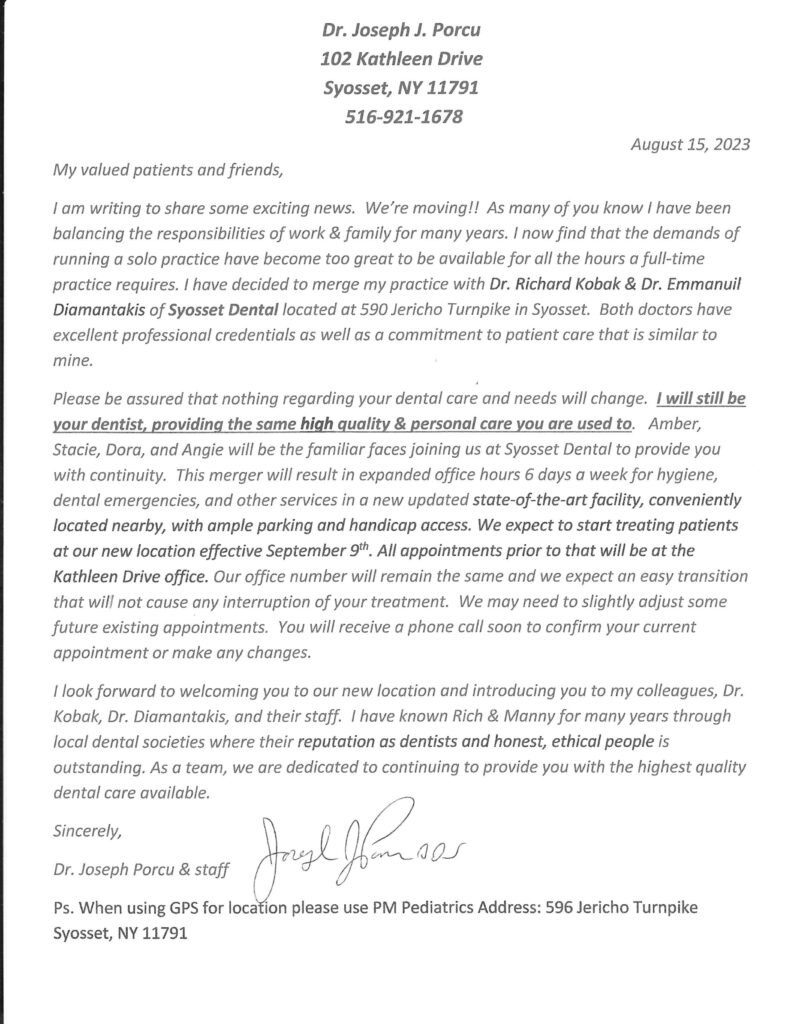 When you develop a cavity, the most frequent treatment recommendation is to fill it with a customized, biocompatible filling material. For most people who get cavities, a tooth filling can be the most effective and conservative way to treat it and preserve their teeth. However, this depends on treating the cavity while it’s still in its mild or moderate stages. The earlier, the better, or the cavity may grow too severe for a filling to successfully treat it. Today, we explore how a tooth filling can stop your cavity and tooth decay from getting worse, and help you avoid the need for more extensive root canal treatment to save the tooth later.
When you develop a cavity, the most frequent treatment recommendation is to fill it with a customized, biocompatible filling material. For most people who get cavities, a tooth filling can be the most effective and conservative way to treat it and preserve their teeth. However, this depends on treating the cavity while it’s still in its mild or moderate stages. The earlier, the better, or the cavity may grow too severe for a filling to successfully treat it. Today, we explore how a tooth filling can stop your cavity and tooth decay from getting worse, and help you avoid the need for more extensive root canal treatment to save the tooth later.
When a cavity is given time to progress
A cavity is the product of tooth decay forming in your tooth’s main structure, after the enamel around it has eroded enough for oral bacteria to get past it. Once the cavity develops, it will continue to grow larger over time as the decay in your tooth structure progresses, making it imperative that you have the cavity treated as soon as possible. In more severe cases, removing decay from the tooth and saving its healthy, natural structure can require root canal treatment instead. This involves removing and replacing more of your tooth’s structure, including the nerves and tissues in its pulp and root canal.
What a tooth filling is designed to do
A tooth filling is a common solution for treating mild and moderate cavities, and involves carefully cleaning the cavity that has formed in your tooth in order to remove the bacteria and infection. After the decay has been cleared from the cavity, your dentist can fill it to restore the structure that it has lost and help the tooth regain its optimal strength. The point of the procedure is to both stop the cavity and decay from progressing, and to help the tooth regain its ability to function properly when you bite and chew your food.
Why you may have less time than you realize
By stopping tooth decay before it gets more serious, you have a good chance of avoiding the need for more extensive root canal treatment later. This is especially important because you may not always realize just how severe your tooth decay has gotten until you seek to treat it. If you procrastinate long enough, the decay inside of your tooth structure may reach the pulp and root canal chambers before you notice it. If so, you may be surprised to learn that a filling is no longer a viable option by the time you seek treatment for your cavity.
Learn if a filling can help you avoid a root canal
When you treat a cavity early with a tooth-colored filling, you can significantly reduce your risks of needing root canal treatment to save it later. To learn more, contact our office by calling Syosset Dental in Syosset, NY, today at 516-433-2211 or 516-921-1678.











